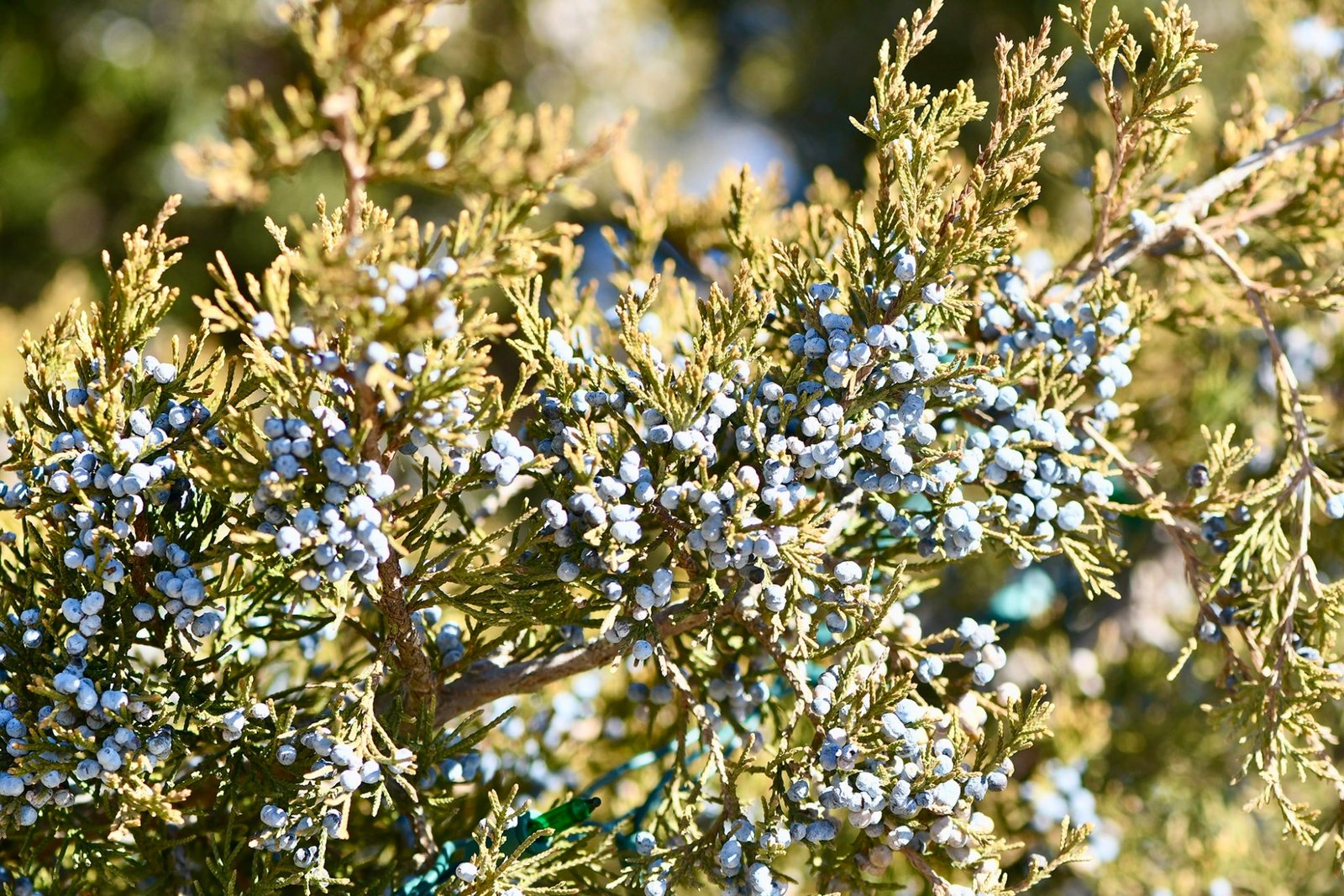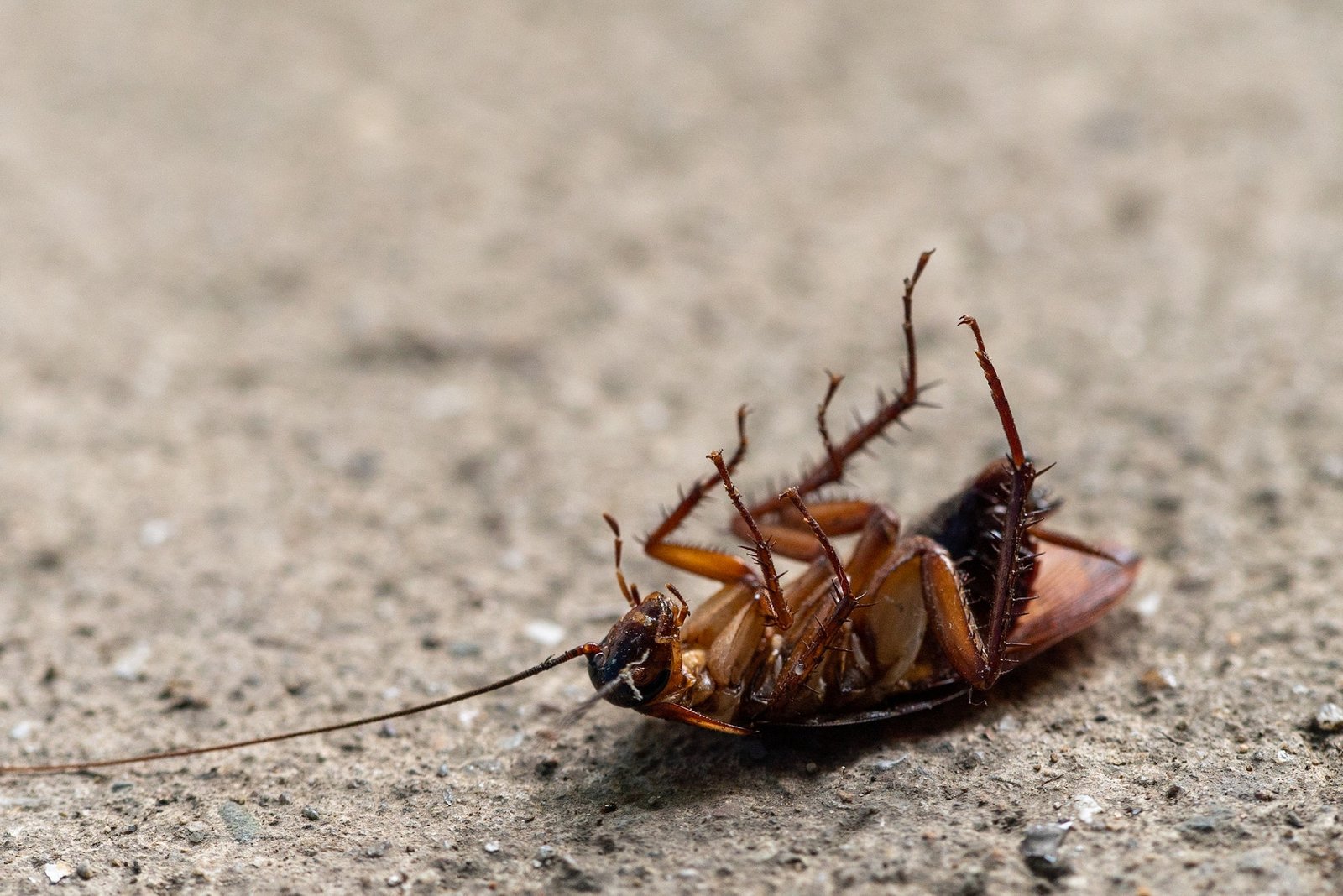Every spring, when he was growing up in northern Greece, Ioannis Minas would look out over valleys of pink—flowers blooming on the area’s abundant peach trees. In his family’s orchard, Minas was always focused on making things easier; he wanted to ensure a sustainable industry by providing the highest-quality fruit to consumers. A few decades later, he’s still working to improve the peach industry, just from the other side of the Atlantic Ocean.
An associate professor of pomology—the science of growing fruit—at Colorado State University, Minas has spent the past six years developing a nondestructive sensor that can help farmers make smarter orchard management and harvesting decisions. The goal is to cultivate the best products that will elicit premium prices and satisfy hungry peach-eaters.
Colorado yields the sixth-most peaches in the country, with more than 2,000 acres of peach orchards producing 30 million pounds annually. Peaches also comprise about three-quarters of the state’s total fruit production, netting approximately $50 million in sales.
While they may not adorn the state’s license plates like they do in Georgia, Colorado is well known for its tasty peaches, which are grown primarily in the southwestern agricultural town of Palisade. A combination of intense sunlight from the high elevation, alkaline soils, the Colorado River, reliable winds and the juxtaposition of hot days and cold nights nurture a sweeter, juicier fruit. The farm gate price for Colorado peaches regularly reaches $1 more per kilogram than the national average. “We have the highest-priced wholesale peach in the United States,” says Bruce Talbott, a fifth-generation farmer who co-owns Talbott’s Mountain Gold with his two brothers. He also participated in sensor trials with Minas.
Minas’ goal is to maintain the industry’s reputation for superior flavor by maximizing quality while minimizing crop loss. With a single scan of the device, growers can compile vital data that informs when the peaches are harvested, stored and shipped.
Ioannis Minas tests the XLSOR scanner in the field.
Quality analysis of peaches traditionally requires cutting into the product—and growers’ and sellers’ bottom lines—to measure fruits’ sugar content, color and maturity. In contrast, Minas’ handheld sensor, which looks a bit like an old-school tape recorder, requires someone to simply hold it up to the surface of a peach for a few seconds. It uses a broad spectrum of light, from visible to near-infrared, to gather multiple metrics on details such as: dry matter (a measure of how many carbohydrates are in the fruit, which correlates to its sweetness potential at harvest); chlorophyll index (which indicates maturity and picking time); °Brix (which indicates the current sweetness level); and possible internal disorders.
Growers don’t have to assess every tree. Twenty to 30 scans are enough for Minas’ team to generate detailed reports on an entire orchard. The data can help farmers accurately predict optimal harvest dates—helpful when managing labor, which is a particular challenge these days—and packers determine how long to store and when to ship the peaches. Without destroying the fruit, XLSOR (it stands for “excellent sensor”) can evaluate if they have grown mealy or are too young to be enjoyed. The data can also be zoomed out to determine where in a tree canopy the sweetest fruit grows and if trees need to be thinned to ensure the remaining fruit is receiving appropriate nutrients and sunlight.
“It can provide valuable information across the whole supply chain,” says Minas. “My goal is to develop technology that can make a difference for the growers. They’re struggling with so many things during the season, and all the decisions that they have to make are really fast and cost money. We are trying to develop a technology that can help them make better decisions.”
Talbott’s 400-acre orchard was among a handful of test sites at which Minas piloted XLSOR last summer. With decades spent in the field, Talbott relies primarily on experience rather than destructive quality control methods (he says those are more common in states such as California and South Carolina). Still, he found the sensor to be a beneficial check for his team, and he sees its potential as a helpful tool for newer growers who don’t have as much lived experience. “As far as background color, size, shape—the different things that cause us to know the fruit’s mature—that piece of equipment is a backup,” he says. “I see a value, but, at the moment, it’s more to give us more confidence in what we already think we know or to challenge our confidence.” Talbott says he’d be open to utilizing the sensor in his fields when it becomes available—depending on the price.
Minas is committed to making sure XLSOR is affordable and easy to use for growers. Based on feedback from Talbott and other area producers—as well as his father and brother back home—Minas is no longer planning on selling sensors directly to growers. Rather, his team is developing a subscription service that provides access to original data through borrowed sensors. It received seed funding to begin commercializing the product and is also supported by CSU’s Lab-to-Life Program, a startup incubator.
This coming spring and summer, Minas will continue to fine-tune XLSOR with additional pilot trials with growers in Colorado and potentially California and elsewhere. He expects the sensor to become commercially available within the next year. In the future, small tweaks to how it’s calibrated could make XLSOR applicable to other produce, such as apples and grapes. The technology, he says, “can revolutionize the whole industry.”
!function(f,b,e,v,n,t,s)
{if(f.fbq)return;n=f.fbq=function(){n.callMethod?
n.callMethod.apply(n,arguments):n.queue.push(arguments)};
if(!f._fbq)f._fbq=n;n.push=n;n.loaded=!0;n.version=’2.0′;
n.queue=[];t=b.createElement(e);t.async=!0;
t.src=v;s=b.getElementsByTagName(e)[0];
s.parentNode.insertBefore(t,s)}(window, document,’script’,
‘https://connect.facebook.net/en_US/fbevents.js’);
fbq(‘init’, ‘264217957779476’);
fbq(‘track’, ‘PageView’);














